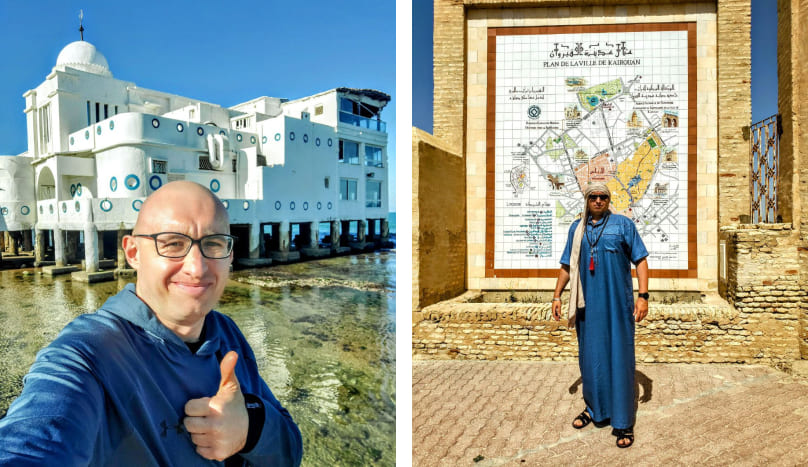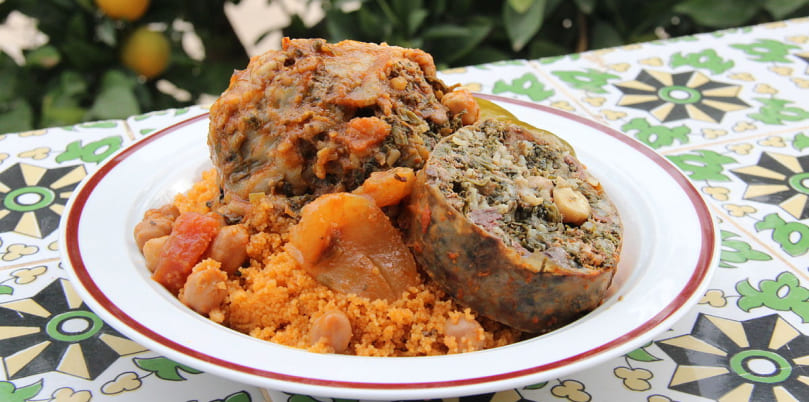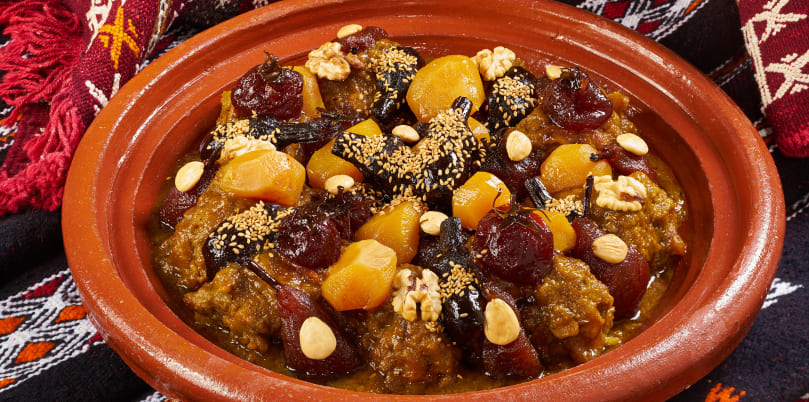Three Main Dishes for Eid al-Adha
Having decided to introduce you to the culinary traditions of the main holiday celebrated in Islam – Eid al-Adha – we knew for sure, who was the best to tell us about it. It definitely should be the Chief of the Carthage Group Excursion Service Department, travelers’ favourite guide in Tunisia, Alex Peremot!
Firstly, there are few people who are so deeply immersed in the history and culture of North Africa. Secondly, Alex is a gourmet and despite the fact that in recent years he has lost about half his body weight, he’s still an expert in terms of delicious food.
So, Alex Peremot tells us about Eid al-Adha.

These days all the Muslims celebrate the second and biggest of the two main holidays in Islam. It’s called Eid al-Adha or Aid el-Kebir in the Tunisian dialect of the Arabic language. The holiday enjoys a long rich history and centuries-old culinary traditions. In different countries, and sometimes in different regions of the same country, the nuances of ceremonies and recipes for festive dishes may vary.
Let’s take Tunisia, the region of Nabeul, as an example. There they start preparing for the holiday celebration in advance and both men and women participate in it.
During the days preceding the holiday, ladies stock up on spices, such as saffron, rosemary, cinnamon, thyme, bay leaf, fennel, damask rose buds and other seasonings. In general, spices are part and parcel of Tunisian cuisine, locals even have a popular saying “A delicious meal is seasoned with as many spices as there are stars in the sky”. So, the ancient culinary traditions, which are deeply rooted in Andalusian and Berber cuisines, are cherished in Nabeul.
Eid al-Adha is divided into two days. On the first day, right after sacrificing lambs according to the Islamic ritual and skinning them, ladies begin cooking the first traditional dish.
Dish 1 – Mchalwata

It’s a delicious stew of various parts of lamb with potatoes, pepper and a lot of seasonings such as turmeric, cinnamon, a mixture of orange and jasmine flowers, as well as saffron ground in a heated copper mortar. The peculiarity of the preparation of mchalwata is the complete absence of oil because the fat contained in the pieces of lamb is enough.
Dish 2 – Osban

On the second day another famous dish − osban − is cooked. It’s a Maghreb culinary delicacy, which is a stuffed sheep’s stomach. Osban is a dish of Algerian, Tunisian and Libyan cuisines, and the history of its preparation dates back to the XIII century, when osban was cooked by the inhabitants of the Berber part of Algeria and Tunisia. Osban is a lamb stomach stuffed with rice, minced lamb, green onions, tomatoes, aromatic herbs and spices.
Dish 3 – Mrouzia

The third dish always cooked to celebrate Eid al-Adha in Nabeul region is mrouzia. It also has its history, but first, let’s find out what it is. Mrouzia is made of lamb mixed with raisins, crushed almonds, chickpeas, as well as dried chestnuts, which are soaked in water beforehand. This dish is often called castile (chestnut stew) in an Andalusian manner. Unlike the more famous couscous, mrouzia is not cooked in a pressure cooker, but over low heat in a copper tagine. In the distant past, Andalusians who came to Tunisia after the Reconquista, cooked this dish in terracotta tagines called kalaya on fire. Such tagines were specially made a few weeks before the holiday.
By the way, if you decide to try out a traditional recipe, you can find terracotta tagines in small shops near the medina of Nabeul.


 05.05.2025
05.05.2025